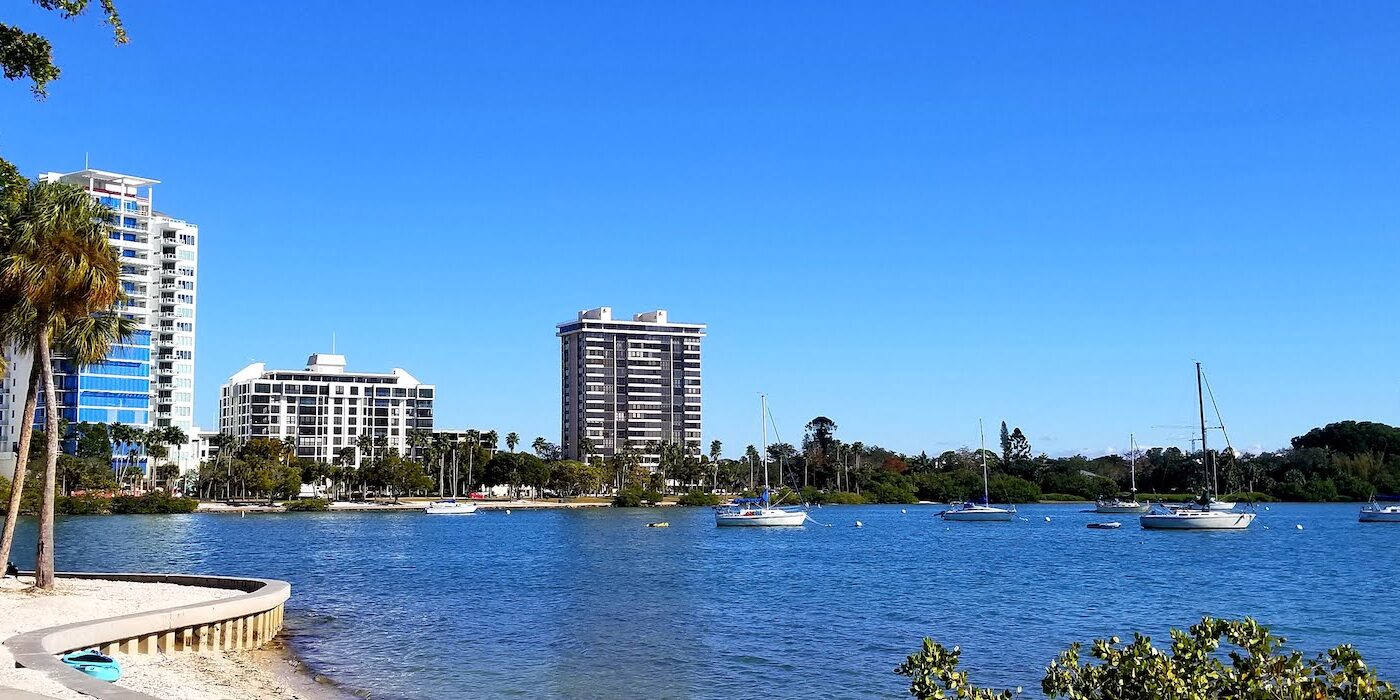Transparency in early retirement living: A detailed look at our monthly expenses and cash flow management
The Why Behind Our Spending Reports
Tracking expenses isn’t just about numbers—it’s about empowerment. Even in early retirement, we meticulously monitor our spending for two critical reasons:
- Understanding our real-world cash flow patterns
- Ensuring we stay well below the 4% Safe Withdrawal Rate (SWR)
For 2022, we’ve set our annual withdrawal at $41,100 ($3,425 monthly) from our Freedom Fund Portfolio—significantly below our inflation-adjusted maximum of $51,497. The remainder of our living expenses comes from rental property income.
July 2022 By the Numbers
Total Monthly Spending: $4,276 Under our $4,425 monthly budget target
Let’s break down where every dollar went:
| Category | Amount | % of Total |
|---|---|---|
| Food & Dining | $1,008 | 23.6% |
| Health & Fitness | $926 | 21.7% |
| Home | $714 | 16.7% |
| Shopping | $559 | 13.1% |
| Bills & Utilities | $475 | 11.1% |
| Other Expenses | $594 | 13.8% |
Key Spending Insights
Food & Dining ($1,008)
- $859 on groceries (primarily organic and non-GMO)
- $149 on restaurants and alcohol
- Current 2022 average: $872/month for family of three
Health & Fitness ($926)
- ACA health/dental insurance: $117
- Additional expenses: acupuncture, dental work, supplements
Home ($714)
- Mortgage interest: $301
- Maintenance: $245 (including driveway repair)
- Furnishings/supplies: $168
Bills & Utilities Highlight: Cell Phone Savings
I recently renewed my Mint Mobile annual contract for the third year running—and for good reason. At just $15 per month plus tax, the plan includes:
- 5 GB of data
- Unlimited voice
- Unlimited text messaging
Want to slash your own cell phone bill? Use my referral code to get $15 off your Mint Mobile plan. Plus, I’ll receive a referral bonus at no extra cost to you.
Travel & Entertainment
While July included several trips, we managed to keep costs low through strategic planning:
- Booked flights to Dominican Republic using points
- Spent several nights in St. Petersburg, Florida
- Celebrated Tatiana’s birthday with a night in downtown Sarasota
- Traveled to Rhode Island to visit friends and family
By using credit card points for our Florida accommodations and staying with family in Rhode Island, we minimized our out-of-pocket travel expenses while still enjoying quality time with loved ones. This is a perfect example of how we maintain our lifestyle without compromising our budget—strategic use of credit card rewards and points can significantly reduce travel costs in early retirement.

Smart Money Management Strategies
- Credit Card Optimization
- Charge most expenses to cards for rewards
- Monitor bills monthly for cash flow planning
- Cash Flow Management
- Monthly portfolio withdrawal: $3,425
- Rental income: ~$2,200 gross
- Maintain $500 checking account buffer
Year-to-Date Performance
| Month | Amount |
|---|---|
| January | $2,444 |
| February | $2,714 |
| March | $4,577 |
| April | $4,208 |
| May | $5,669 |
| June | $5,615 |
| July | $4,276 |
| Total YTD | $29,503 |
- Monthly Average: $4,215
- Monthly Budget: $4,425
- Current Surplus: $210/month
Looking Forward
While our year-to-date monthly average spending of $4,215 appears to be under our $4,425 monthly budget, we expect to exceed our annual budget by year’s end due to several factors:
- We’re already $1,000 over budget in lawn and garden expenses
- Our bills and utilities are $400 over budget due to an unexpected septic tank cleaning earlier this year
- We had to replace our laptop in June, spending $958 (though we saved $300 by buying refurbished)
Additionally, we still have upcoming lump sum payments for:
- Home insurance
- Property taxes
These scheduled expenses will push us over our annual budget, even though we’re currently showing a monthly surplus of $210 ($4,425 budget minus $4,215 actual average spending).
Final Thoughts
Creating this spending report wasn’t just a bookkeeping exercise; it was an opportunity to deeply examine our post-corporate life choices. After three years of early retirement, we’ve found that understanding our cash flow isn’t just about tracking dollars—it’s about maintaining the freedom we worked so hard to achieve.
The stock market’s ups and downs don’t keep us up at night. Why? Because we’ve built multiple income streams (portfolio withdrawals and rental income), maintain our spending well below the 4% rule (currently at 3.25%), and intimately understand every aspect of our cash flow. When you don’t have a regular paycheck coming in, this level of financial awareness isn’t just nice to have—it’s essential.
Sure, we face occasional challenges. Sometimes a tenant’s rent arrives after the 10th of the month. Sometimes unexpected expenses pop up, like our recent laptop replacement. But because we stay on top of our numbers and maintain solid cash reserves, these aren’t emergencies—they’re just part of life.
Looking ahead, we’re focusing on strategic moves to strengthen our position further, particularly through careful Roth conversions that will give us earlier access to retirement funds while keeping our tax burden low. Every decision we make today shapes our financial independence for decades to come.





